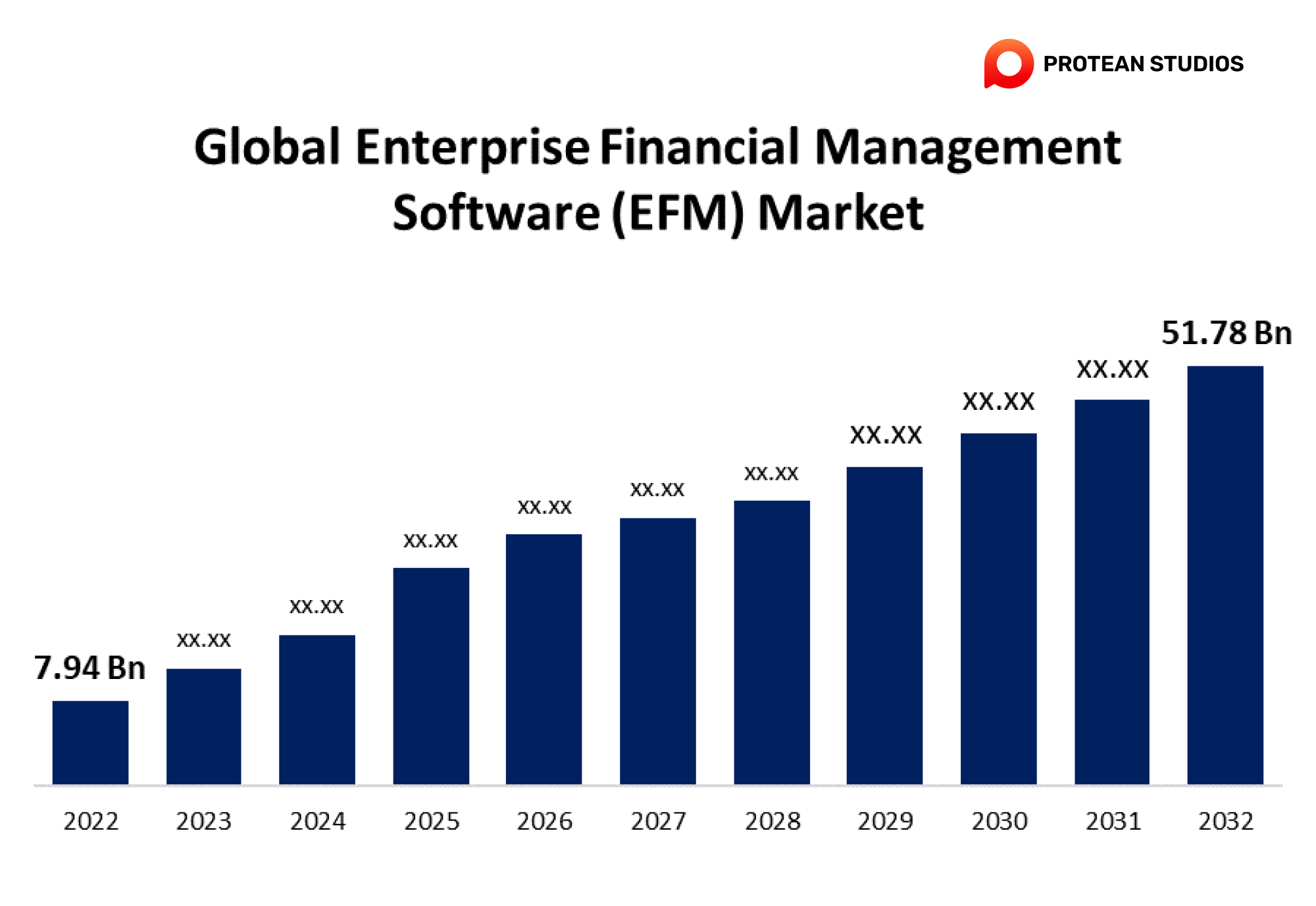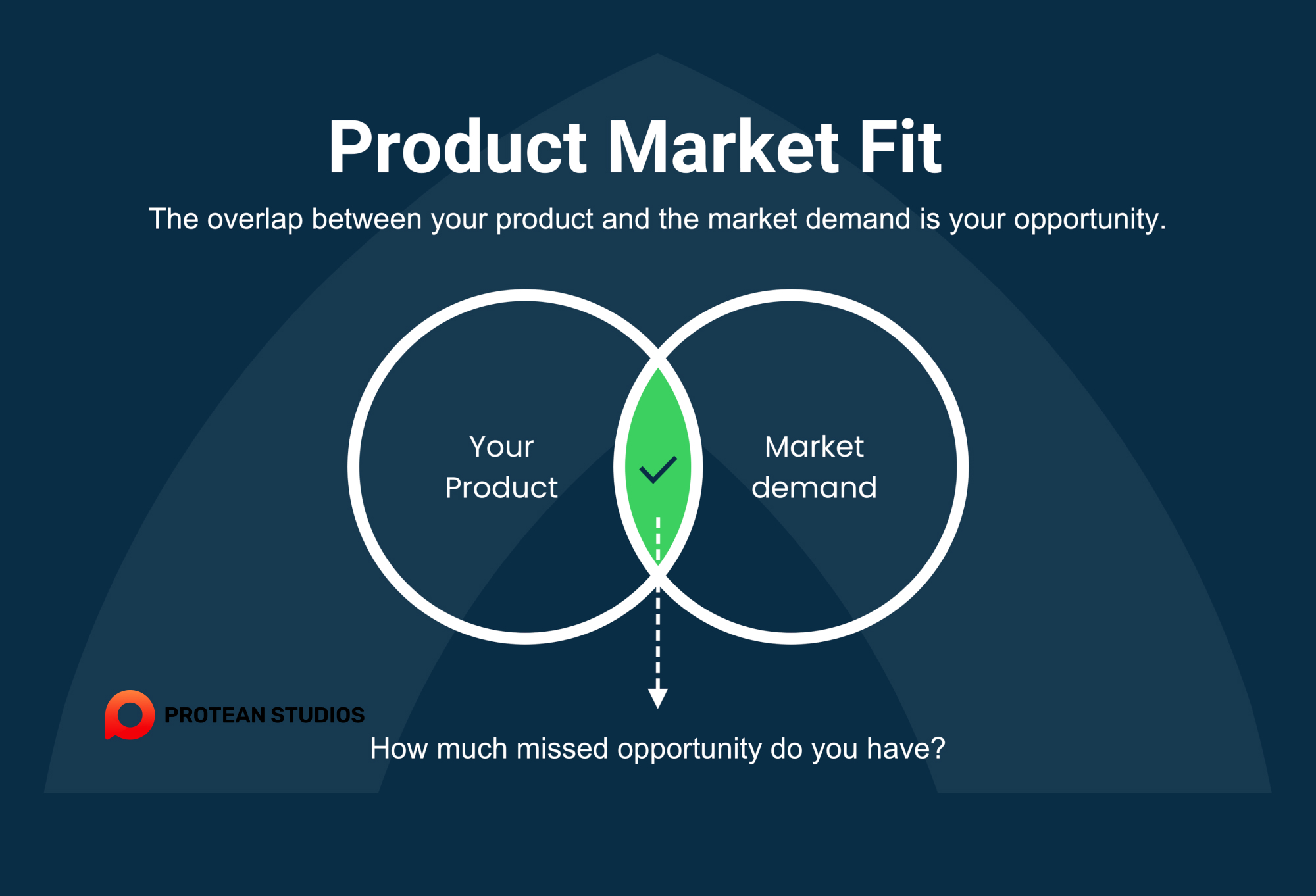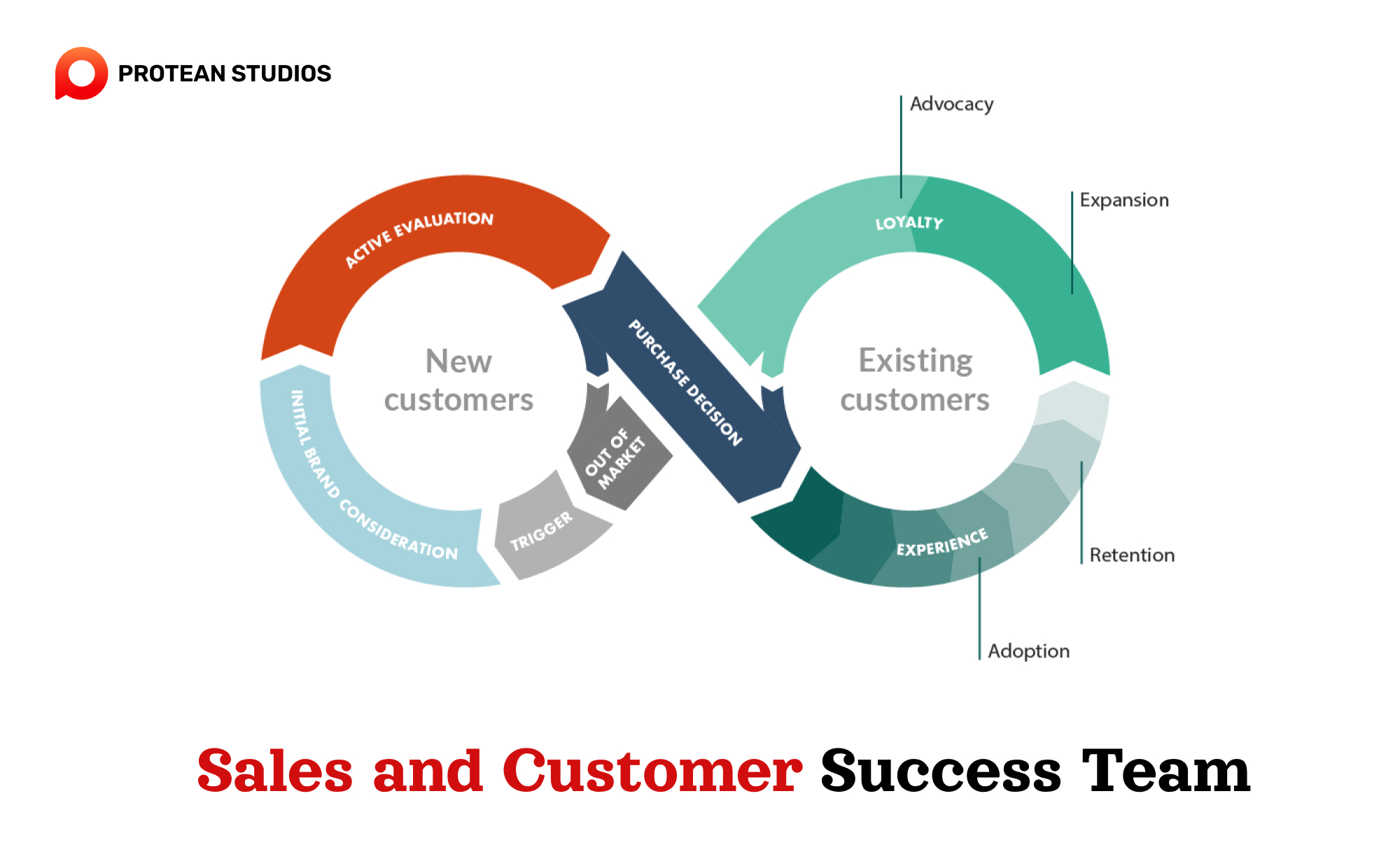As companies focus on "efficient growth," vertical software is becoming more popular because it offers lower customer acquisition costs. Especially higher sales expansion and better customer retention compared to horizontal software.
Here’s why you should think about adapting your horizontal software to attract vertical buyers, along with key tips to help you make the switch. By focusing on a particular niche, you can establish deeper connections with your target audience, build stronger brand recognition, and speed up your SaaS growth.
Expanding Software Markets: Choosing Between Horizontal and Vertical Approaches
A vertical software company creates solutions tailored to specific industries, like plumbing, auto dealerships, or food distribution. Examples include ProCore for construction management and AppFolio for apartment management.
In contrast, horizontal software is designed for a broader audience, serving various industries. Companies like Salesforce, Atlassian, and HubSpot are examples of horizontal software providers.

In 2021-2022, both vertical and horizontal software companies experienced similar growth. Yet, by 2024, vertical software will have gained more attention for its efficient growth. Vertical SaaS grew by 17% while horizontal SaaS grew by 18%. The key difference is in spending: vertical companies spent only 22% of their revenue on sales and marketing, compared to 41% for horizontal companies.
Vertical software companies also spent less to gain new customers, with $1.76 spent for every new dollar of annual recurring revenue (ARR), compared to $2.40 for horizontal companies. This lower cost is due to their industry-specific solutions, which fit into customers’ daily operations.
Marketing for vertical software is targeted, using industry-specific language, terms, and regulations, making it more relevant to customers. In contrast, horizontal software marketing is more general, often featuring broad value statements and testimonials from various industries.
Learn more: SaaS Is In The Past; It's Time For XaaS
Adapting horizontal software to serve vertical markets
Horizontal products can thrive in a vertical-focused market by committing to a specific industry. Vertical buyers are still active, and it's essential to take them.
While you can continue using horizontal market strategies, doing so without a clear focus risks exhausting your team. Here's how to attract vertical buyers to your horizontal software and succeed:
1. Select a Single Vertical Market
Choose a market where you’re committed to leading, with existing customers, case studies, strong brand recognition, and a good product-market fit. Competition should be weak in this area.
2. Segment Your Customers and Potential Leads
Build and maintain a focused database of ideal customer profiles (ICPs) and buyers in this vertical.
Read more: Cutting Through The Generative AI Hype In B2B
3. Conduct in-depth research
Engage with customers and prospects in this vertical to develop a detailed ICP and buyer persona. Understand their daily workflows and compare them with other customers to avoid assumptions.
4. Assess product-market fit
Use your research to assess your product from the buyer's perspective. Identify potential misfits, especially about regulations and integrations. Determine what your product replaces in this vertical and what success looks like.
Adjust your product and pricing as needed without overhauling your entire roadmap. Also, consider offering more services, as vertical software often requires deeper integration.

5. Optimize Content, Digital Experience, and Advertising
Customize your brand to align with the targeted vertical. For example, if you’re focusing on the pharmaceutical industry, ensure that your content, ads, and branding reflect the industry's specific visuals and language.
Stay informed about the latest trends and topics in the vertical, and share your insights within vertical communities or broader business media.
6. Host Thought Leadership Events
Engage in trade shows, industry communities, and events relevant to your chosen vertical. Build relationships with key influencers and secure speaking opportunities where your customers can discuss how your product fits the vertical. Regularly host virtual events on current topics within the vertical.
7. Establish a Dedicated Sales and Customer Success Team
Create a specialized team of sales reps, sales engineers, and customer success members who are trained in the vertical. They should be fluent in the industry’s language, provide consultative value, and have quick access to customer success stories. Gather feedback to uncover any new pain points or opportunities.

8. Check and celebrate both successes and setbacks
Treat every interaction with a buyer as a learning opportunity, even if the deal doesn’t close. Analyze losses to improve your strategies and celebrate wins to boost team morale. Each win moves you closer to mastering vertical efficiencies.
Other article: Top Important B2B Marketing Trends For 2024
Shifting from Horizontal to Vertical for SaaS Success
In the competitive landscape of Software as a Service (SaaS), companies are recognizing the limitations of a broad, horizontal approach and the strategic advantages of shifting to a vertical focus. This transition is not just about narrowing your target market; it's about deepening your value proposition and creating a more personalized, high-impact solution for specific industries.
Why shift to Vertical SaaS?
Market Saturation: The horizontal SaaS market is competitive, with many players offering similar solutions. Differentiating becomes difficult, leading to price wars and reduced margins.
Customer Needs: Industries have distinct challenges and regulatory requirements. Vertical SaaS provides an opportunity to meet these needs more effectively, offering tailored solutions that horizontal competitors cannot match.
Higher Customer Lifetime Value (CLTV): Vertical SaaS solutions tend to have lower churn rates and higher customer loyalty due to their specialized nature. Customers are more likely to stick with a solution that addresses their industry-specific pain points.
By embracing vertical marketing, you can unlock significant opportunities to differentiate your SaaS business, build a loyal customer base, and achieve long-term success. The strategies outlined in this guide will equip you with the knowledge and tools needed to target specific verticals, tailor your messaging, and position your product as the industry leader.




